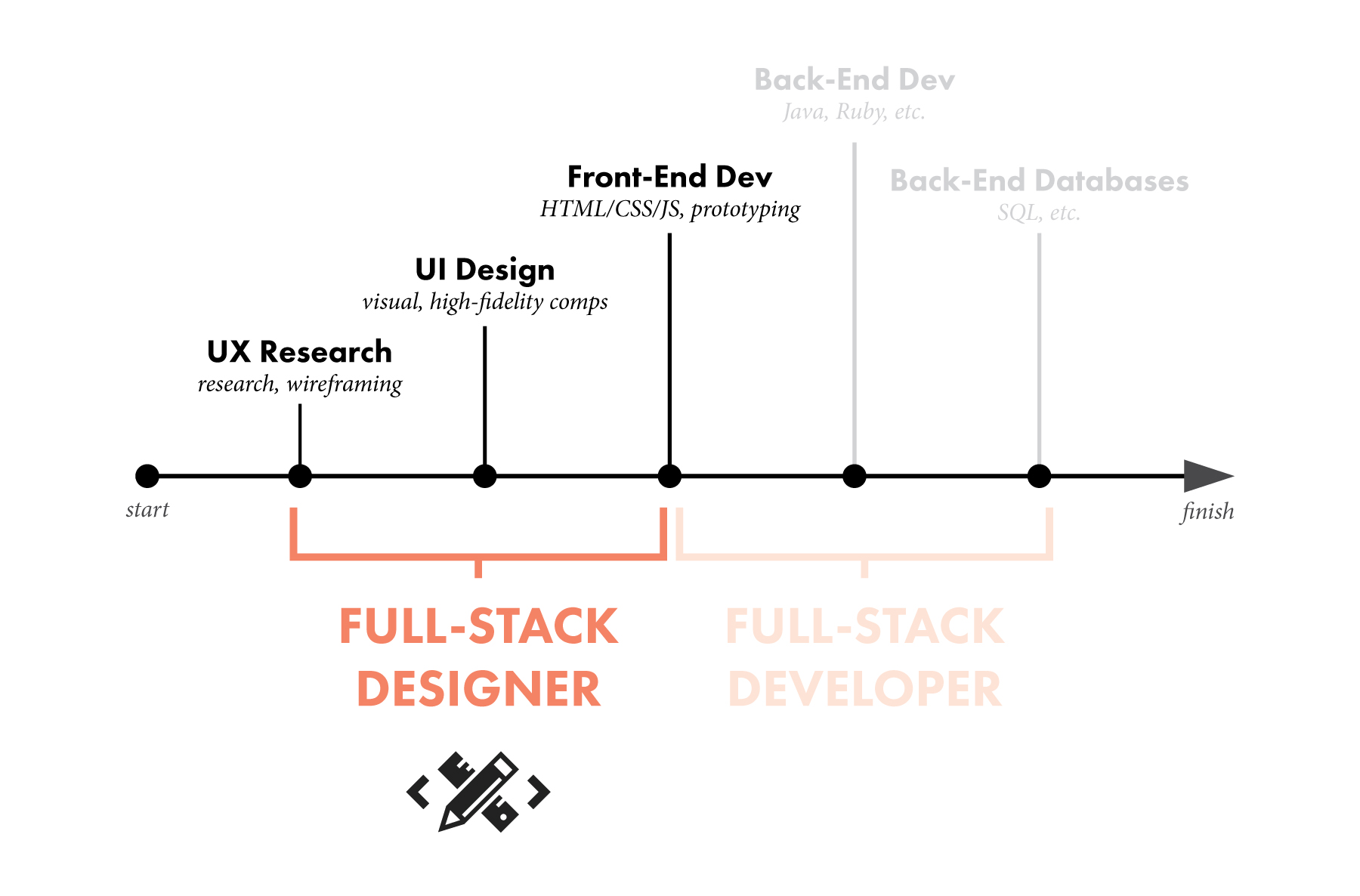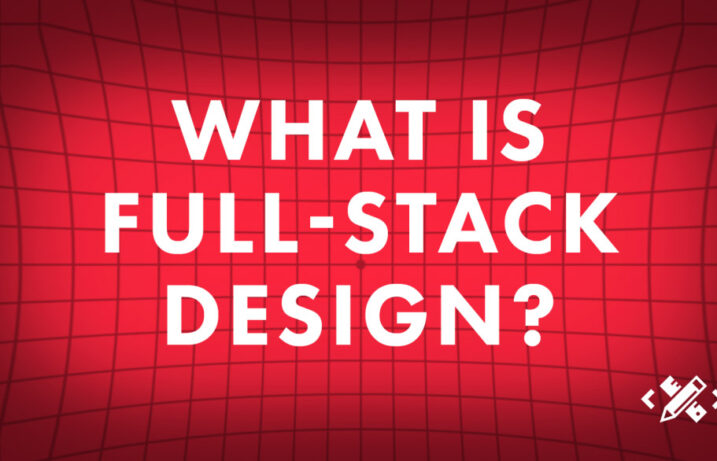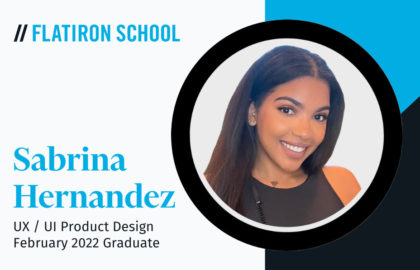It used to be so simple. Back in the day, commercial graphic designers mainly did print ads, brochures and the occasional direct mailer. But that was then. Now, you’re currently reading these words on a glowing rectangle, and the scope of what every designer needs to know has grown faster than a three month old Great Dane puppy.
What is a full stack developer?
In the computer science world, the phrase “full-stack” (or full-stack designer) was coined to mean someone who could single-handedly tackle every layer of software development. These exceptional folks had their pick of jobs and commanded exorbitant salaries. Still do, actually.
*Extremely simplified interpretation of a digital workflow. Inspired by Bill Welense during a recent guest talk at Designation.

But pixel by digital pixel, the world’s best creative designers are becoming every bit as cross-disciplinary. The age of the full-stack designer has dawned. And there’s no one tool, skill or ability you can count on to save your ASCII.
Pros and cons of becoming a full stack developer
Those that succeed tap into the unlimited potential for creation, and quickly find themselves snapped up by tech giants with offices that look more like playgrounds than the cubicle farms. Those that flounder wake up one day to realize they’re designing fliers that are destined to litter the ground outside the subway on an election day, and wonder where it all went wrong. We’re in the middle of a designer arms race, and it’s not even close to over.




